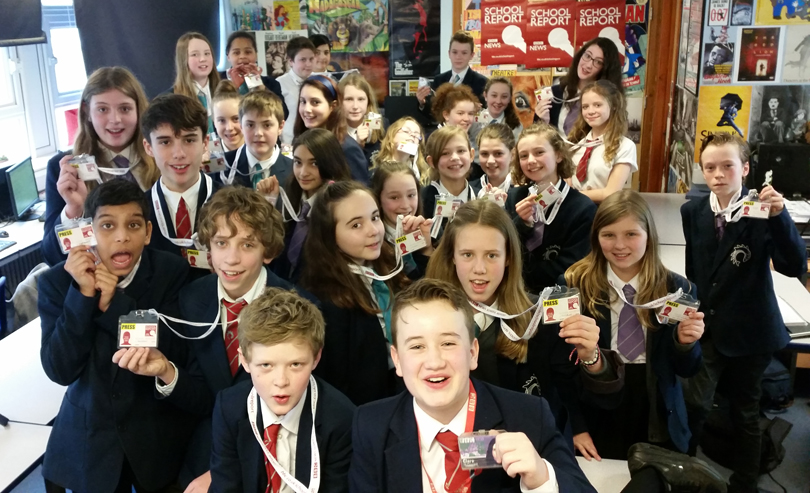Secondary schools are being urged to make more secondhand uniforms available as a way of helping to “poverty-proof” the school day.
It was one of the ideas put forward by children from across Brighton and Hove as they carried out research to support the initiative.
Three of them – pupils from Longhill – shared their findings with members of Brighton and Hove City Council at a meeting this afternoon (Monday 4 March).
Reusing uniforms was more of an issue for secondary schools than primaries, according to the research findings.
One of the councillors, Tom Druitt, responded by urging students to make it cool to wear a secondhand uniform.
Councillor Druitt said: “There must be a huge amount of uniform going to waste.
“In an age of environmental consumer brands, reusing uniform is a statement of conscience rather than a statement of poverty, linked to where a recycled uniform is less environmentally damaging.”
One of the Longhill students said: “It’s a good way of changing your perspective so it’s not a sign you’re not rich enough but a choice – to make a point.
“I know uniforms I don’t use any more do not go to my younger brothers because the uniform has changed or it’s too big and has got lost.”
The Longhill students told the meeting, at Hove Town Hall, that pupils were offered a new blazer when the uniformed changed.
The teenagers told councillors that in 2015 there were 5,113 children living in poverty in the Brighton Kemptown constituency.
They explained their role as “peer researchers” – quizzing fellow students during the two-year project.
All Brighton and Hove’s state schools were involved in some way, with 90 per cent of schools actively involved.
And the meeting was told that their ideas were also being used to help those in charge of schools “to explore the most effective ways to spend pupil premium allocation”.
The project had also been set up “to reduce stigma and remove barriers to learning”, the council’s Children, Young People and Skills Committee was told.
The youngsters spoke about the cost of transport and how it affected children’s decisions about whether to go to after-school clubs or stay on for other activities.
They would take into account the cost of missing the school bus and the practicalities of getting home.
Councillor Druitt – who runs the Big Lemon bus company and sometimes drives the Longhill school bus to Woodingdean after school – asked when extra transport might be needed.
The students told him that different clubs and activities finished at different times.
And one of the challenges for pupils living in Whitehawk was that they often had to take two buses, adding to their journey times.
Labour councillor Mo Marsh spoke about young people missing out on school trips ad said that there was a fund, using legacies, particularly to help those who cannot afford educational outings.
She said: “There are marvellous trips to take children way from their homes for the first time.
“These funds are carefully guarded and fall into the Brighton Legacy Fund.”
The council’s executive director of children’s services Pinaki Ghoshal said that information about the fund had been sent out to schools.








